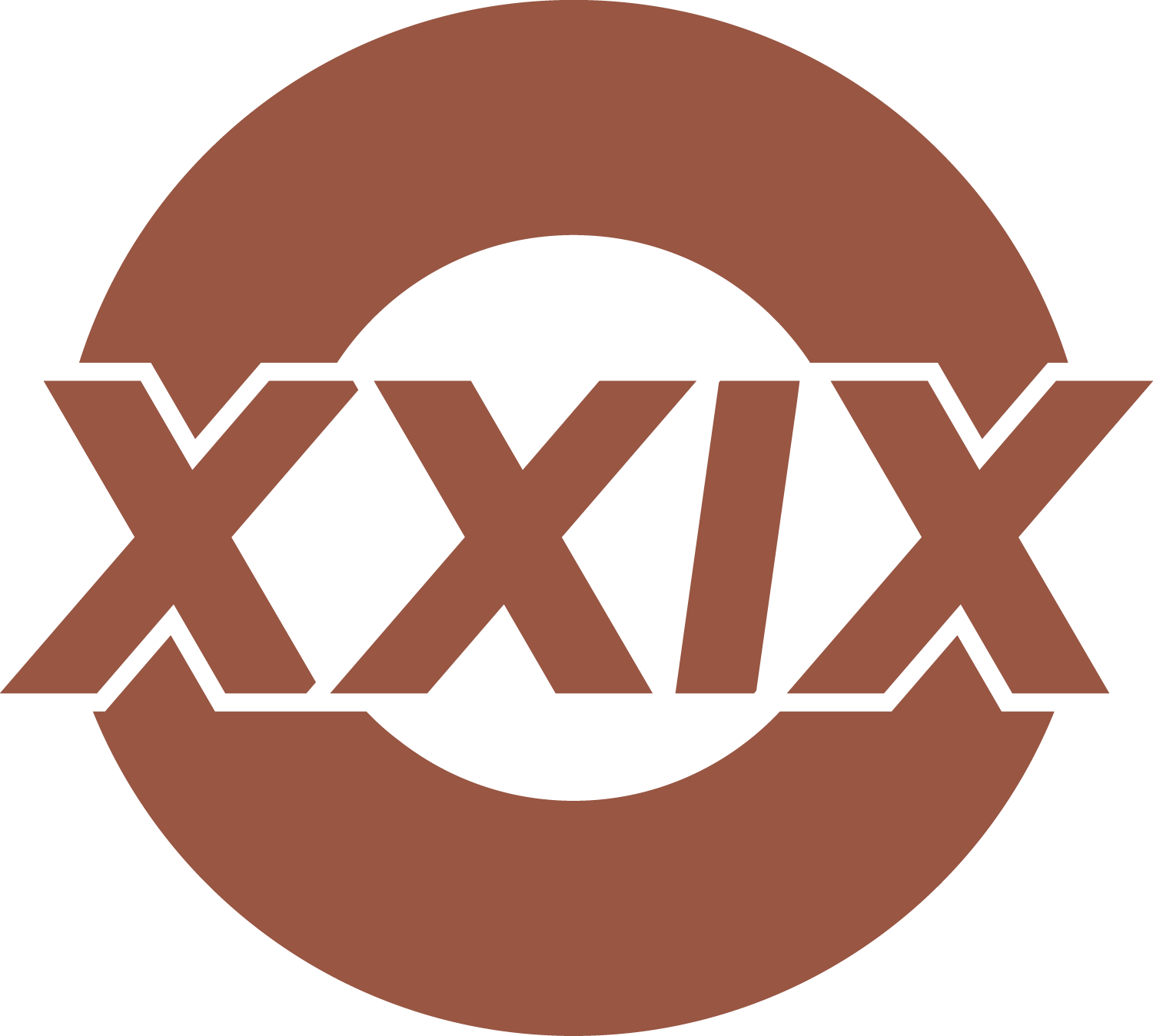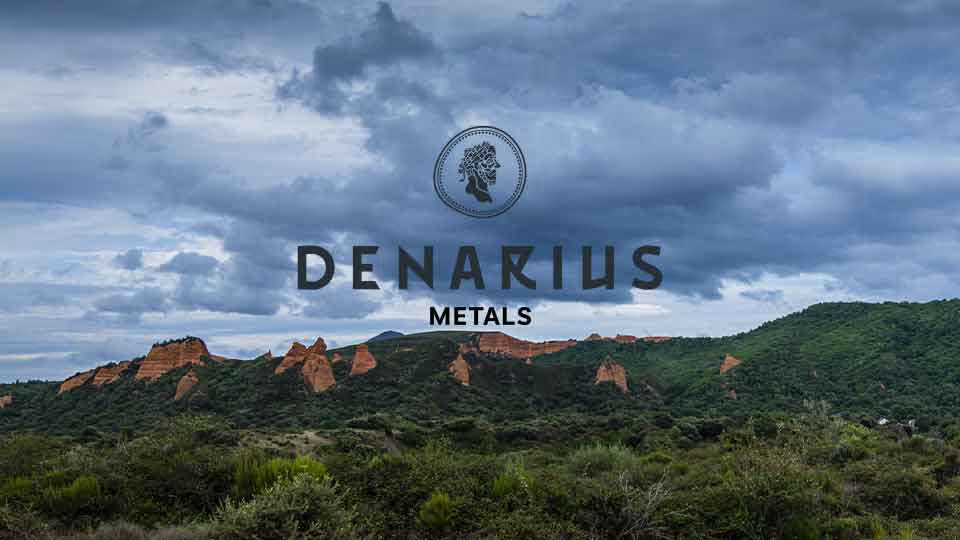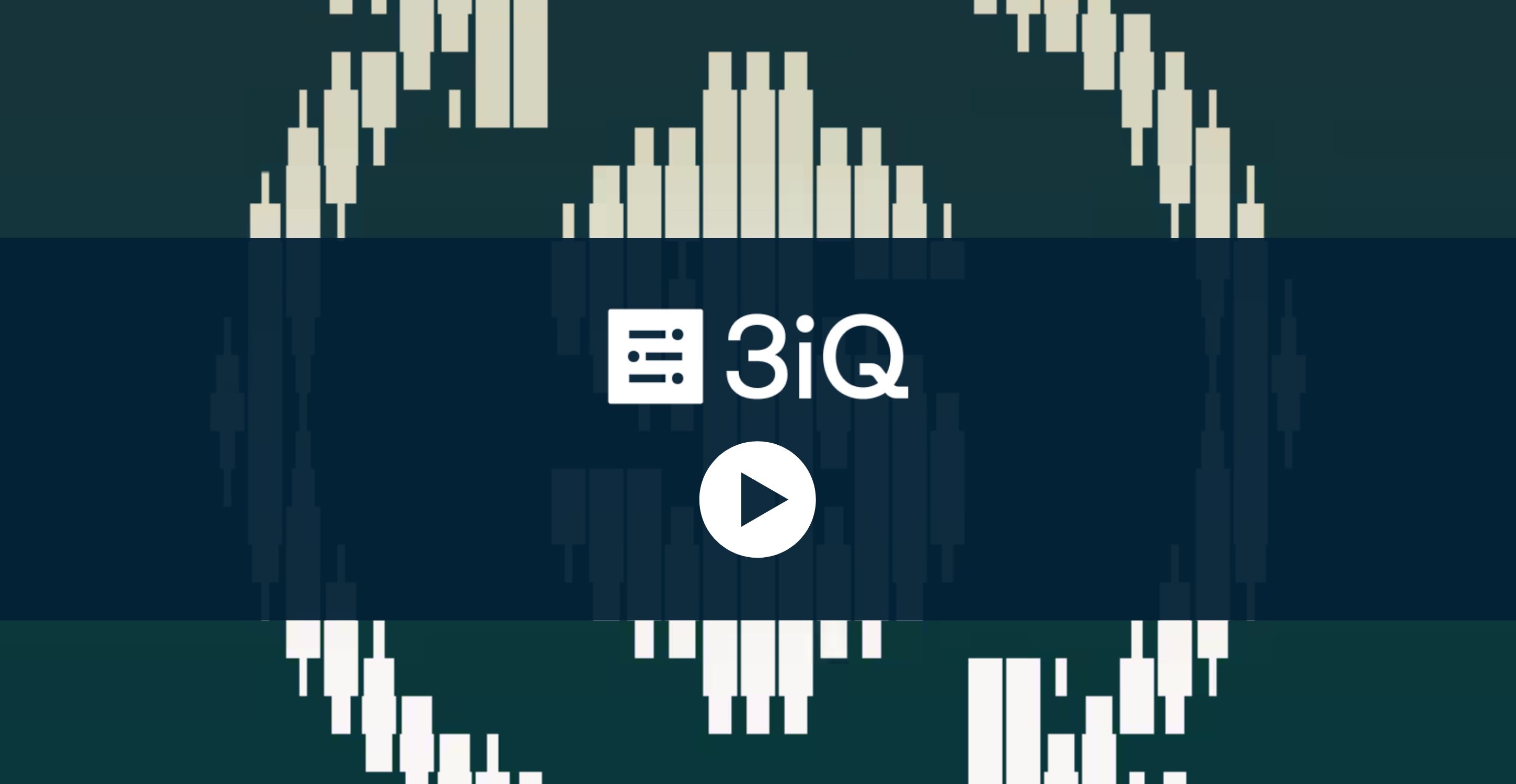TD Enhanced Dividend ETFs - Using a Three Pillar Approach to Generate Income and Growth
These are challenging financial times. Higher rates of inflation are leaving less cash in our pockets each month at a time when many of us are still trying to accumulate enough savings to achieve important financial goals or build a secure future in retirement.

These are challenging financial times. Higher rates of inflation are leaving less cash in our pockets each month at a time when many of us are still trying to accumulate enough savings to achieve important financial goals or build a secure future in retirement.
While there are numerous financial products created to help investors navigate these choppy waters, those looking for a regular source of additional income and the opportunity to grow their savings may have few places to turn. In fact, the notions of income generation and capital appreciation are often mutually exclusive.
Many income generating strategies, including exchange-traded funds (ETFs), focus on mature companies with high dividend yields which generally provide very little growth potential, while growth-oriented solutions typically offer small dividend yields, if any at all.
In 2019 and 2020, TD Asset Management Inc. (TDAM) set out to bridge this divide with two new funds – the TD Active Global Enhanced Dividend ETF (TGED) and TD Active U.S. Enhanced Dividend ETF (TUED) – two solutions designed to be core portfolio holdings providing stable monthly income, as well as the potential for long-term growth.
Each ETF is primarily made up of 40 to 50 actively picked stocks. “We look for high-quality businesses with sustainable competitive advantages, capable of generating long-term cash flow,” Benjamin Gossack, Managing Director and Portfolio Manager at TDAM explains. “Often these companies are driven by secular trends, such as decarbonization, electrification, or the move to the cloud. We then look to generate additional income through covered calls and by selling put options on these stocks.”
A covered call is an options strategy that allows an investor to earn income on stocks they already own. It involves selling call options (a call is simply a contract to purchase a stock at a specified price on or before a certain date) and collecting cash premiums on those options.
Covered calls can also be used on non-dividend paying stocks that each ETF holds. This effectively creates a “synthetic” dividend yield from call option premiums, which may be larger than the yield derived from traditional dividend paying stocks.
Selling (writing) puts allows investors to receive extra cash, similar to covered call strategies, with the potential to acquire additional stock. A put option is a contract to sell a stock at a specified price on or before a certain date. The seller (writer) of the put option has agreed to buy the stock at the specified price if the buyer of the put chooses to sell, receiving a premium for doing so. This strategy is used by both TGED and TUED to increase yields and acquire discounted stocks that the manager finds attractive. Both TGED and TUED set aside cash to purchase stocks when writing puts to make sure there is no leverage used in the ETFs.
ETFs that employ covered call strategies have become very popular over the last few years, with over 120 to choose from in Canada alone. Most covered call strategies are systematic in nature, and thus perform best in sideways to downward trending markets. With TGED and TUED, TDAM has taken a slightly different approach by employing both active covered call and put writing strategies, helping these ETFs standout among the competition. The portfolio manager can decide to write options, or not, and can select which specific stock price the options will be written on as well as the term. What option they write on each stock in the portfolio, if any, will depend on their outlook for that particular stock.
“The one thing that I'm particularly proud of is the fact we have consistently outperformed income generating strategies and growth strategies, as well as our respective benchmarks, the MSCI World and S&P 500. It’s also earned us a four-star Morningstar rating.”, Gossack shared. “It shows the power of our strategy and the active decisions that we’ve made.”
TGED targets a monthly yield of around 4%, while TUED targets a 3% payout. While both are competitive yields, the value these ETFs provide can sometimes be under appreciated. Gossack explains. “Other income enhanced strategies, including cover call strategies, tend to focus on yield maximization where the highest number wins. For instance, you may see some funds offering a monthly distribution yield that ranges from high single digits to as much as the low teens. As a unit holder you see these yields and you say ‘Wow, that's impressive’. But it's important for investors to understand how that yield got created. How much growth are these investment solutions sacrificing in order to give you that income? And are they in fact returning capital to boost those numbers? Our funds’ distributions are derived from dividends and the option premiums from the calls and the puts we write, which is a more sustainable strategy.”
Cost is another consideration when evaluating investment strategies. In this instance, each ETF has a management fee of 0.65%. That is in line with many systematic covered call strategies. However, in this case, investors are effectively getting the same, if not more value because of the ETFs’ active management.
This is precisely what you would expect from one of the predominant players in the ETF space. And the presence of TDAM in the industry continues to grow. Over the past 5 years, the asset manager has launched over 45 ETFs - growing its ETF assets under management from under $300 million to over $10 billion at the end of August.
TGED and TUED trade on the Toronto Stock Exchange and can be purchased through your broker or online platform. For more information on TD ETFs, visit td.com/etfs.
Commissions, management fees and expenses all may be associated with investments in exchange-traded funds (ETFs). Please read the prospectus and ETF Facts before investing. ETFs are not guaranteed, their values change frequently and past performance may not be repeated. ETF units are bought and sold at market price on a stock exchange and brokerage commissions will reduce returns. Index returns do not represent ETF returns. The indicated rates of return are the historical total returns for the periods including changes in unit value and reinvestment of all distributions and do not take into account redemption, commission charges or income taxes payable by any unitholder that would have reduced returns.
TD ETFs are managed by TD Asset Management Inc., a wholly-owned subsidiary of The Toronto-Dominion Bank.
® The TD logo and other TD trademarks are the property of The Toronto-Dominion Bank or its subsidiaries.
You might also like



.png)


